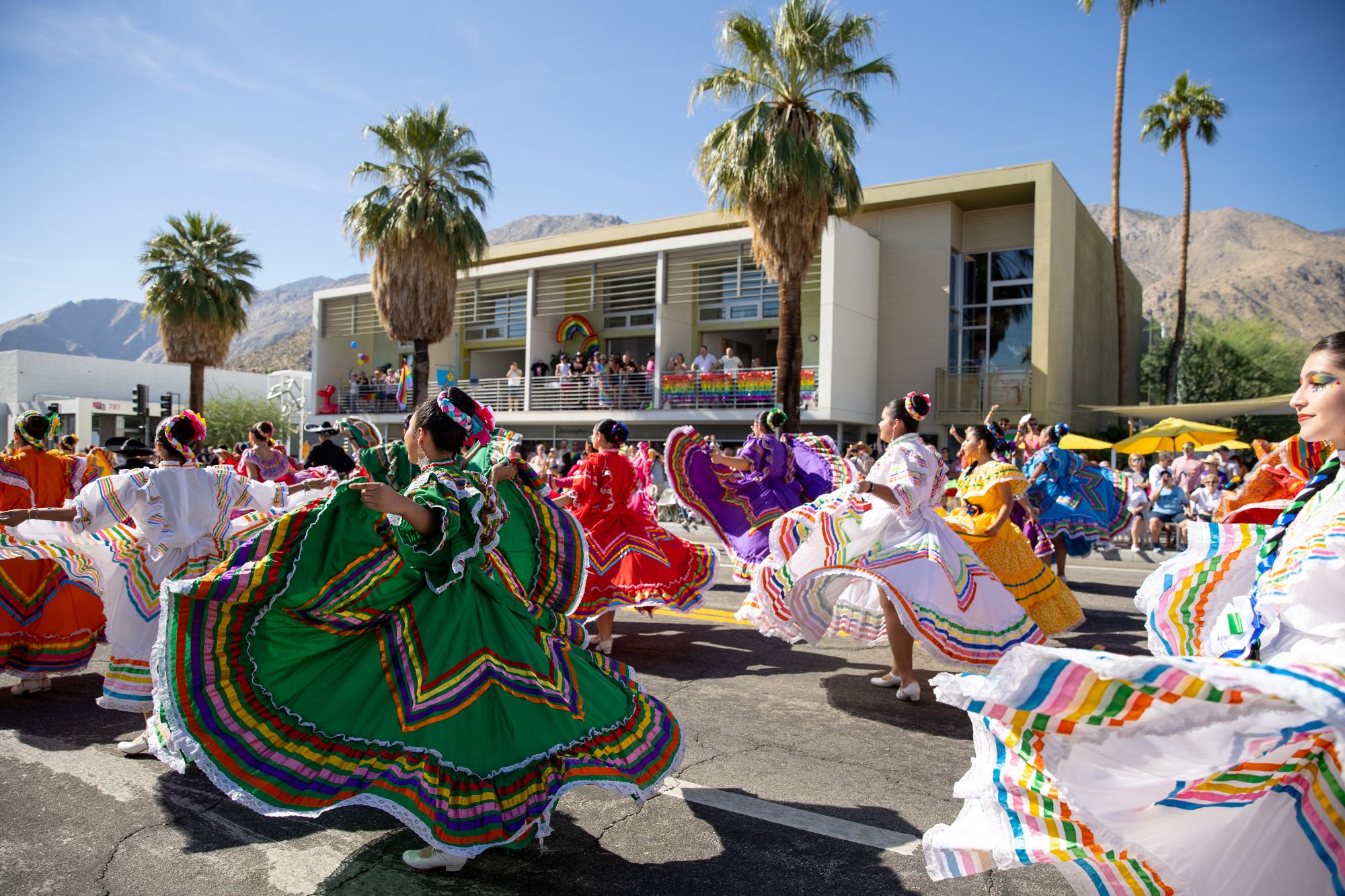
Greater Palm Springs, California
A Community Impact Story
Destination Greater Palm Springs: Building Inclusion from Within
Social Impact Framework: Workforce Development

What was the issue you were trying to address?
In response to the challenges of COVID-19 and evolving cultural and societal shifts in 2020, we recognized the need to strengthen our commitment to diversity, equity, and inclusion (DEI).
Our research showed that visitors sought authentic experiences to connect to Greater Palm Springs’ local culture. Meanwhile, our stakeholders and residents needed us to thoughtfully focus on DEI, sustainability, accessibility, workforce development, youth engagement, and economic growth.
To address this, we began by redefining our organizational culture and values, asking why we exist and what inclusivity means to us. This work started five years ago and continues today.


What were the stated objectives of this initiative?
Our journey to inclusion aimed to achieve five goals:
- Enhance understanding of equity and inclusion.
- Create a sense of belonging for all employees.
- Foster open communication and respect.
- Showcase the diversity and richness of our community.
- Ensure tourism offerings were accessible and inclusive for all visitors.
To do so, we started by redefining inclusivity and engaged staff and board members through surveys and workshops, embedding core values of inclusion, equity, and community impact into our hiring, performance reviews, and internal communication. In 2022, Visit Greater Palm Spring established a director level role to provide focused attention of these priorities.
What were the specific metrics you used to measure the success of your efforts?
We activated our values through intentional initiatives like team-building activities, unconscious bias training, and flexible work policies. We collaborated with our community to create a college internship program for diverse tourism professionals. Partnerships with local hospitality programs and with organizations like Travel Unity and Fired Up further supported our efforts.
Metrics to measure our success included integrating core values into daily operations, tracking employee engagement and satisfaction levels, and gathering ongoing feedback to assess the impact of our initiatives. These metrics ensured that our values were practically applied, fostering equity and delivering tangible benefits to both employees and the community.


What were the specific outcomes and results of your efforts?
Our efforts to embed inclusion and equity into our organizational culture and operations have yielded meaningful recognition and measurable impact:
- Achieved a 15-point increase in our Culture Achievement Awards and Community and Inclusion scores from 2023 to 2024.
- Honored with the DEI Champion Award by the California Travel Association in 2023.
- Selected by Green Destinations for two consecutive years as a Top 100 Sustainability Story, highlighting workforce development and inclusive storytelling in marketing.
- Earned recognition from our board and stakeholders for improved team cohesion and efficiency, leading to the addition of Regional Economic Development to our organizational goals.

What other best practices or key lessons can you share?
Through this work, we learned that building a truly inclusive culture requires the active participation and commitment of employees, the board, and community stakeholders. Feedback played a critical role in our journey, helping us measure the impact of our efforts and ensuring we stayed aligned with both organizational goals and community needs. We also discovered that implementing inclusion in practical, actionable ways not only activates core values but also fosters equity and delivers meaningful benefits to the broader community.
For organizations looking to create a more inclusive workplace culture, we emphasize the importance of defining your values and developing a blueprint to guide your efforts over time. However, it’s equally important to remain agile and adaptable, ready to meet the needs of the moment. Embedding these principles into your systems and processes helps build institutional memory, ensuring lasting impact. Most importantly, investing in your team—making them feel valued, respected, and empowered—is not only essential for organizational success but also has far-reaching benefits for stakeholders and the community as a whole.

